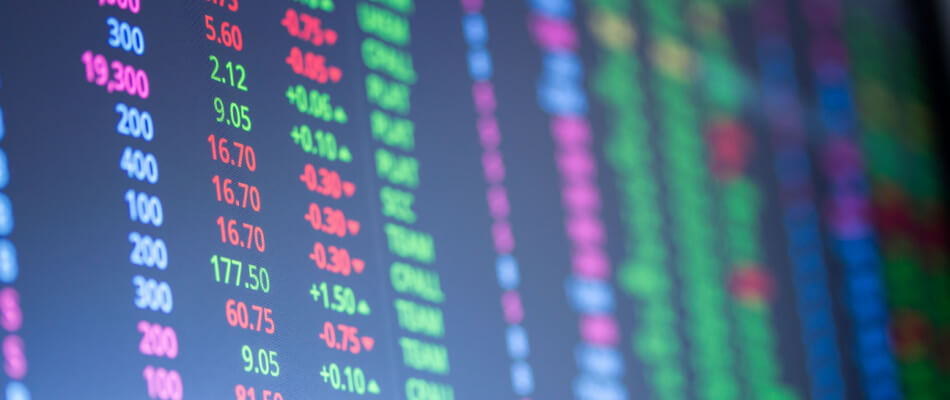The stock exchange, what is it?
Supply and demand together determine the price of the shares that are traded on the stock exchange. This is vital for our economy because companies that want to attract investors are given the opportunity to do so. It is the investors who invest the money that they temporarily do not need in a company by purchasing shares or bonds. This financial injection enables the company to invest in the future.
Trade on the stock exchange
Stock exchange trading can be divided into three types of securities.
- Shares
- Bonds
- Options
With a share you buy a small piece of a company and become a co-owner of that part. A bond can best be described as a loan. You do not buy a piece of the company, but you lend money to the company that in most cases offers a coupon interest in return. Options are a derivative product with an underlying value that can be purchased in the variants right to buy and right to sell .
Government loans
The government also tries to attract financial resources via the stock exchange. For example, the Dutch state issues long-term and short-term loans to cover financing deficits. In this way, the government’s debts are refinanced. Government loans, also known as government bonds, have their own price listing. In this way, the stock exchange ensures that the government can obtain financial resources and that investors can purchase bonds on which they receive interest. A well-functioning market is therefore of great importance to our economy.
How are prices actually determined?
Supply and demand is the most important principle of stock trading and also the way in which stock prices can be established. All buy and sell orders are recorded after which an opening price is calculated. Investors can then choose an online broker via Compareallbrokers.com and show their interest in shares, bonds and options.

Netherlands Authority for the Financial Markets (AFM)
The AFM is authorised to supervise the financial markets. It is important that consumers and companies have and maintain confidence in the financial market and that it operates in an honest manner. The AFM’s supervision is therefore strict. If a signal is received that a trading party is operating illegally, the AFM will intervene immediately. If necessary, a penalty will be imposed. Due to their major economic importance, all stock exchanges in the world are supervised by a market authority.
Clearinghouse
The English term clearinghouse is in general use and means the same in Dutch as clearing house or settlement house. A clearinghouse is an organisation that ensures the secure administrative settlement of transactions. However, a clearinghouse is not only active on the stock exchange, but is also active in the field of payment transactions. A good example is Trans Link Systems, for which the clearinghouse administratively calculates the proceeds of the OV chip card.
Compare brokers and start investing in stocks
Are you excited about investing in stocks after reading this article? Use our comparator and find the broker that suits you best!